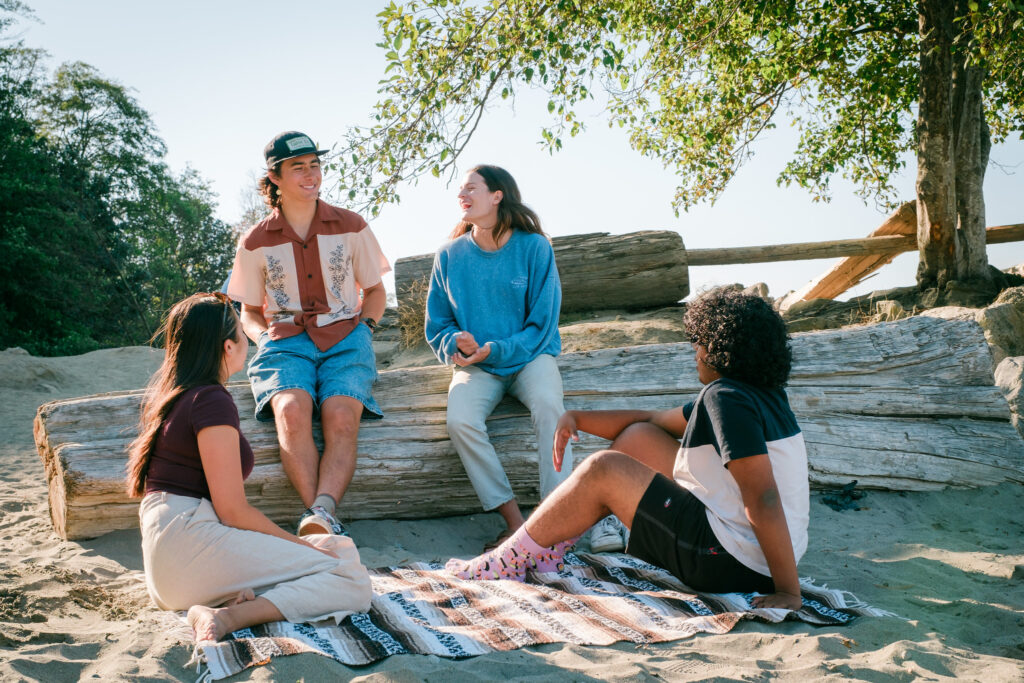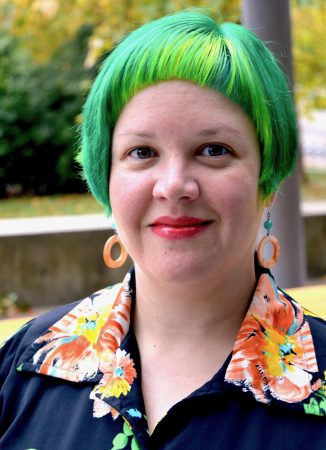
Industry News
News
UBC research highlights importance of urban forestry in mental health
Research emphasizes need for intentionally designed greenspaces for youth and young adults.
November 22, 2022 By UBC Faculty of Forestry
 Logs on the beach can provide a measure of privacy for solo parkgoers as well as groups. Photo: Paulo Ramos/UBC Faculty of Forestry.
Logs on the beach can provide a measure of privacy for solo parkgoers as well as groups. Photo: Paulo Ramos/UBC Faculty of Forestry. Even though many global cities incorporate greenspaces such as parks and community gardens into their urban planning efforts, new University of British Columbia (UBC) Forestry research shows those plans often fail to include the needs of youth and young adults between the ages of 15 and 24. As a result, this age demographic can miss out on the known social, physical and mental health benefits of these nature-based solutions.
UBC faculty of forestry researchers Sara Barron and Emily J. Rugel analyzed data collected during site visits to parks in two cities in Australia and reviewed interdisciplinary evidence from the past few decades to develop a new tool for evaluating greenspaces for young adults.

Sara Barron. Photo: UBC Forestry.
When analyzing the data, Barron and Rugel refined the concept of “tolerant greenspaces”, which they define as “places that support young adults’ needs for both social interaction and psychological restoration. They provide order – they are natural, but they’re also well cared for and safe. They show diversity, both in plant life and in the activities they enable. Lastly, they give youth a place to either seek solace in quiet solitude or spend time with their friends without adult supervision.”
Barron emphasized the motivation behind their review, which was to revisit the reasons why urban forest experts consider greenspaces so vital to health at every stage of life.
“Public urban greenspaces keep our cities cool, reduce stress and improve mood. They promote activities such as physical exercise and social interactions. These benefits are important for everyone, but especially so for young adults, because it is at this time of life when many chronic mental disorders emerge,” explains Barron.
“Exposure to the right sort of greenspace can promote strong social ties and a connection to nature during these critical years. Unfortunately, nature and health research, as well as urban planning, has tended to ignore this important demographic,” she adds.

Emily J. Rugel. Photo: UBC Forestry.
Both Barron and Rugel said Canadian planners and policymakers could start designing greenspaces for all ages by utilizing the framework outlined in the paper to evaluate the extent to which current urban greenspaces support mental health and foster social ties among young adults.
“Planners and even young citizen scientists can use this tool to assess spaces that currently exist, and to plan for future spaces,” says Rugel.
She also notes that the tool was designed for application to a wide range of greenspace types, including pocket parks and laneways: “Some cities may struggle with incorporating greenspace in densifying areas. The good news is that you do not necessarily need abundant space for tolerant designs. Even small plots of land can be transformed into greenspaces that meet the needs of youth and young adults.”
To read the research, click here.
Print this page